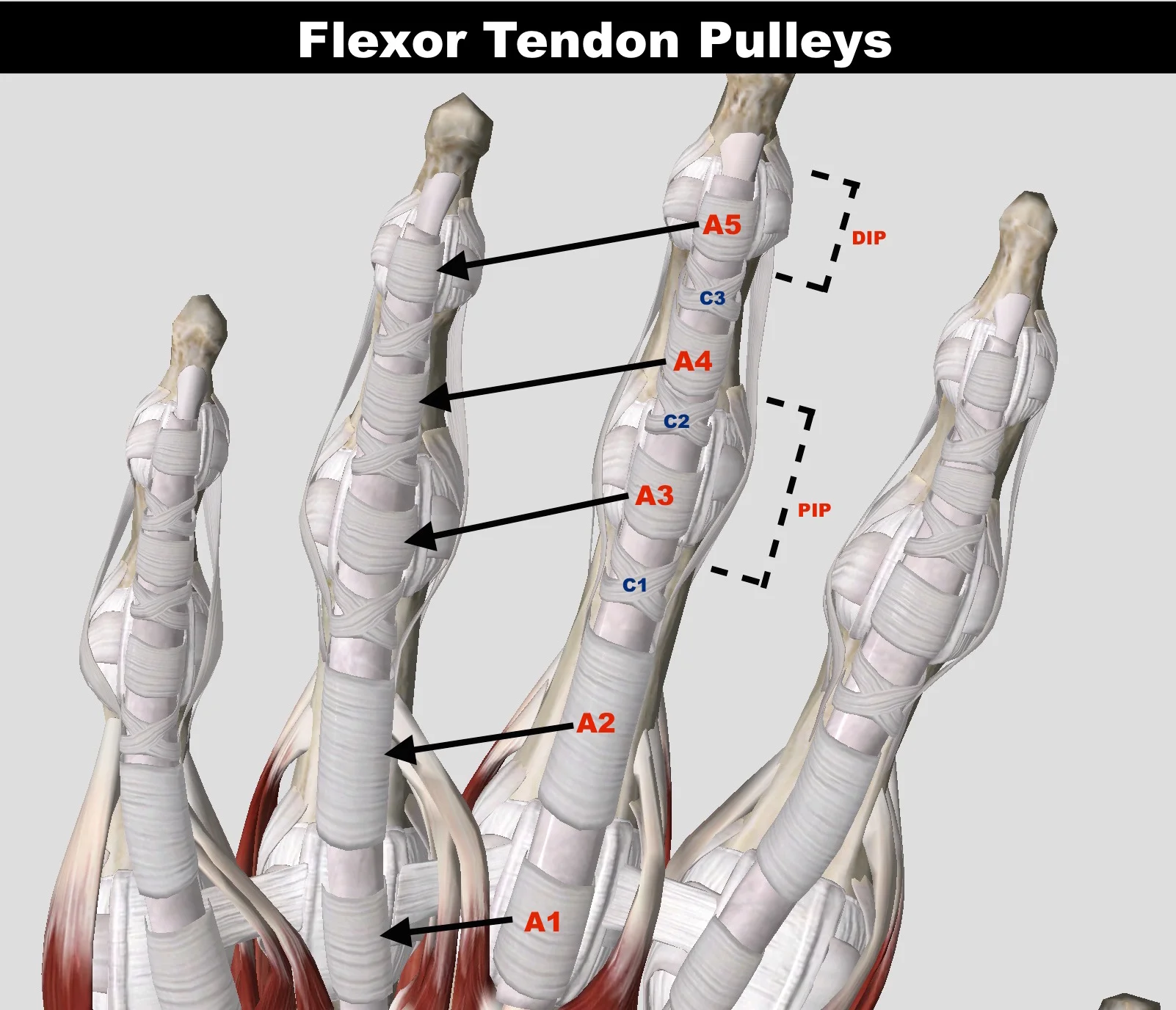Maximizing Your Training with Magnesium
Studies consistently find over 50% of Americans are magnesium deficient. Almost daily I hear statistics such as this regarding a multitude of vitamins and minerals and I begin to numb to the numbers at times and wonder if it even matters. If we are almost all deficient, what’s the big deal?
For those of us who train, whether a weekend warrior or high level competitive athlete, if we want to maximize both our training gains and performance, magnesium levels are key. I have long been aware of the benefits of high intensity interval training; however, until recently I was not aware of what was happening on the cellular level that contributes to these gains. One of the benefits of high intensity training is that it increases your oxidative capacity, or the ability of your muscle cells to consume oxygen. Your oxidative capacity is dependent on both the availability of oxygen, as well the ability of your mitochondria to consume that oxygen and produce ATP, your cellular energy units. Two ways in which high intensity interval training increases your oxidative capacity are by:
1) increasing the total number of mitochondria in your muscle cells
AND/OR
2) improving the efficiency of your existing mitochondria by increasing their ability to repair damage that occurs during exercise and allow the mitochondria to continue to produce ATP at a normal rate for a longer period of time
The connection to these two training adaptations and magnesium is through a common magnesium dependent enzyme required for both the production of new mitochondria as well as for mitochondrial repair.
As an aspiring athlete, I have historically done well with increased caloric and/or protein intake to meet the needs of my activity or training, but I haven’t always been as diligent at intentionally replenishing my magnesium levels to make sure my muscles have the building blocks necessary to maximize my training gains as well as maintain sufficient levels for optimal performance the next time out.
Recommended Supplement forms: transdermal magnesium oils or magnesium salt baths
Transdermal Magnesium Oil Recipe:
½ cup filtered water
½ cup magnesium chloride flakes (I use Ancient Minerals brand)
Spray bottle (4oz glass bottle)
1. Bring the water to a boil in a non-aluminum saucepan. Turn off the heat and stir in the magnesium flakes until dissolved. When cool, pour into spray bottle. No refrigeration necessary, up to 6 months.
2. Spray it onto the body and lightly rub it in. For me it is absorbed without a residue within 5 minutes, use anywhere from 10-30 sprays/day. Some have a white residue after it is absorbed, allow it to absorb into skin for 30 minutes prior to rinsing it off. Some people feel a tingling when first applied, it should stop within a few minutes, try different areas of your body to determine where is less sensitive for you or add more water to dilute it if desired.
Magnesium Salt Bath:
Dissolve 1-2 cups of magnesium flakes (I use Ancient Minerals brand) into full bath tub or foot bath and soak for 30 minutes. Take 2 baths/week. Recommended water temperature should be 101F to 103F because if water is too hot it encourages the skin to eliminate vs. absorb.
Happy training!
Written by: Katy Scott, DPT, NPT, MDT























